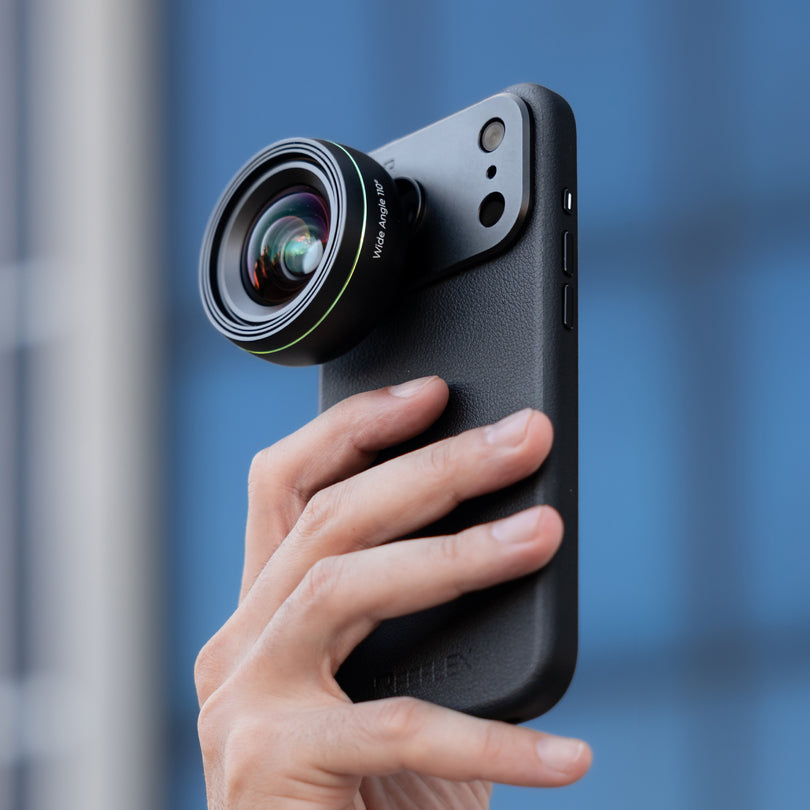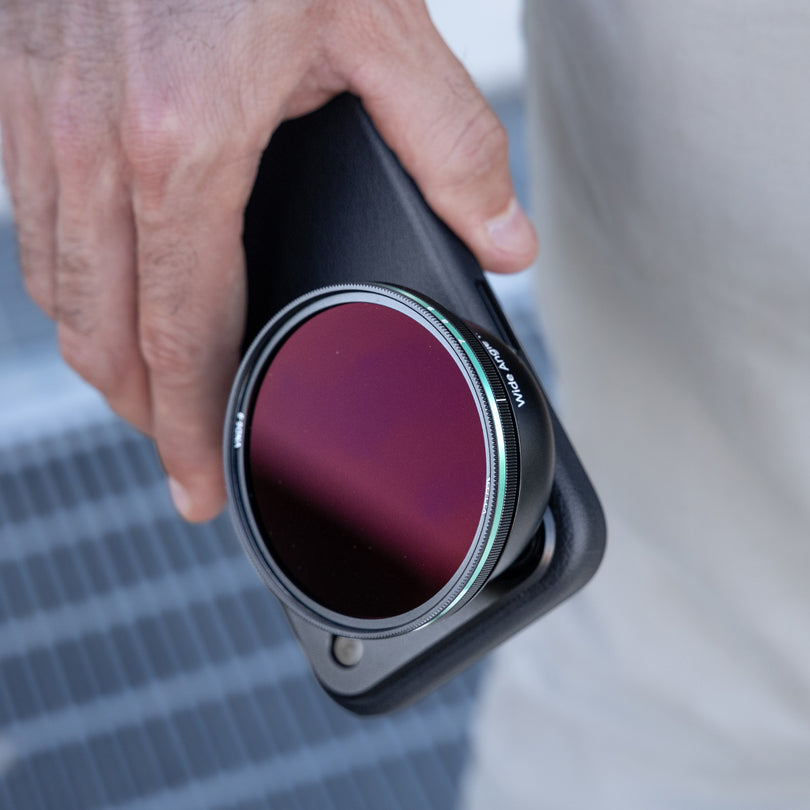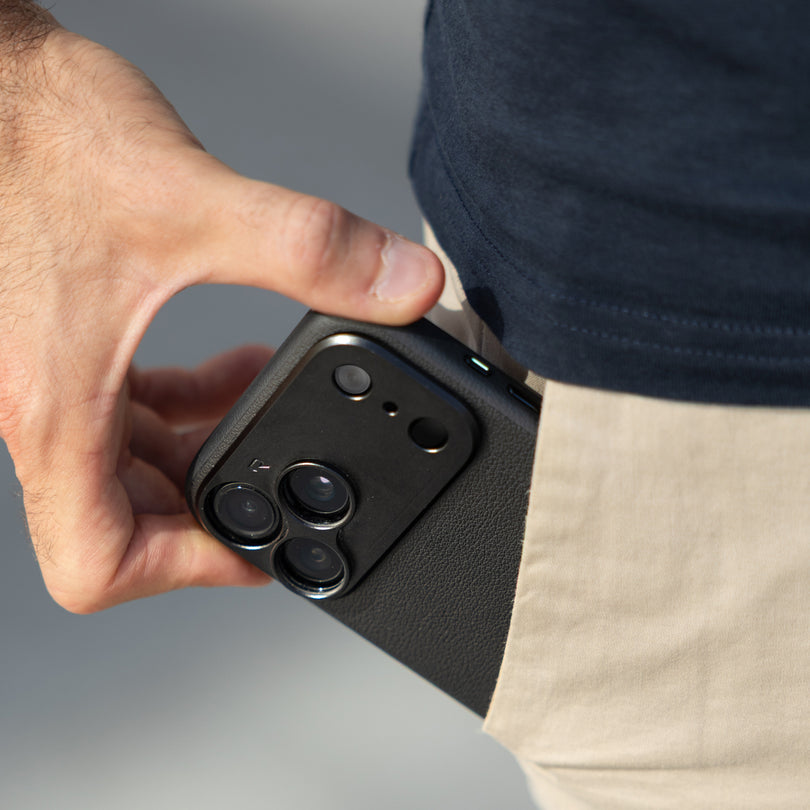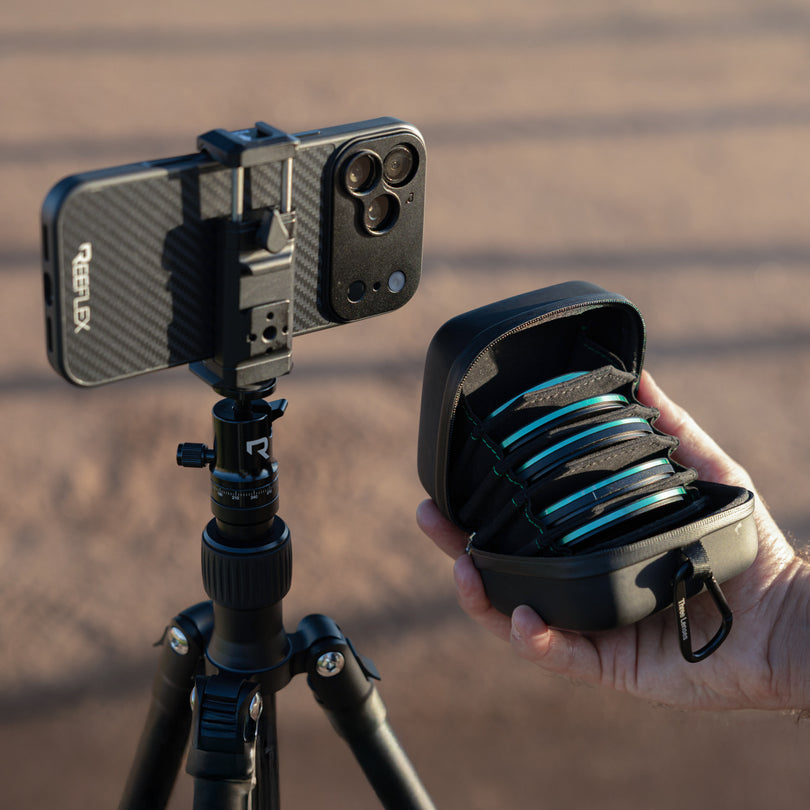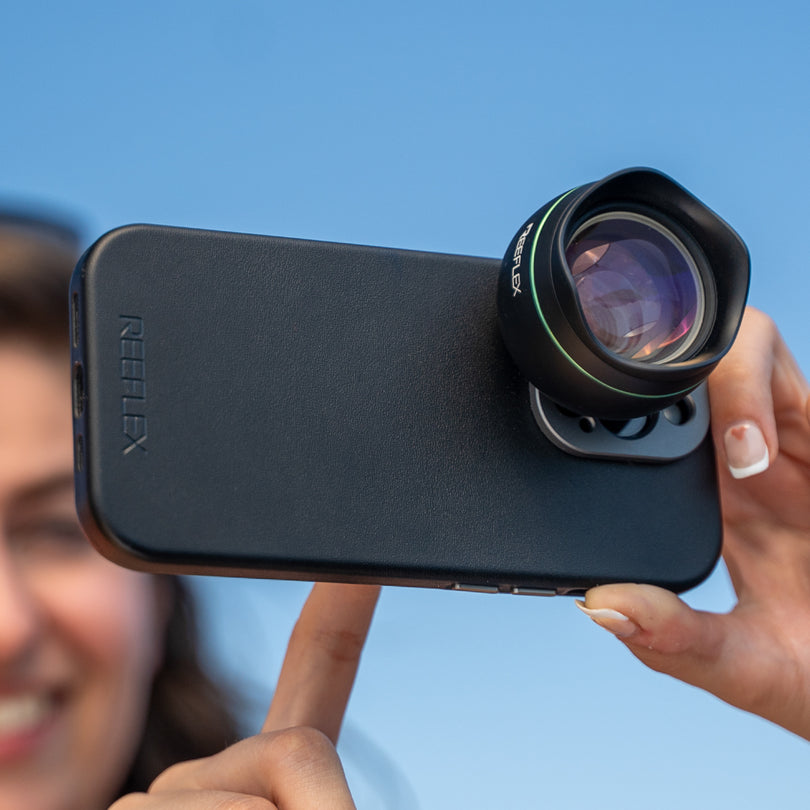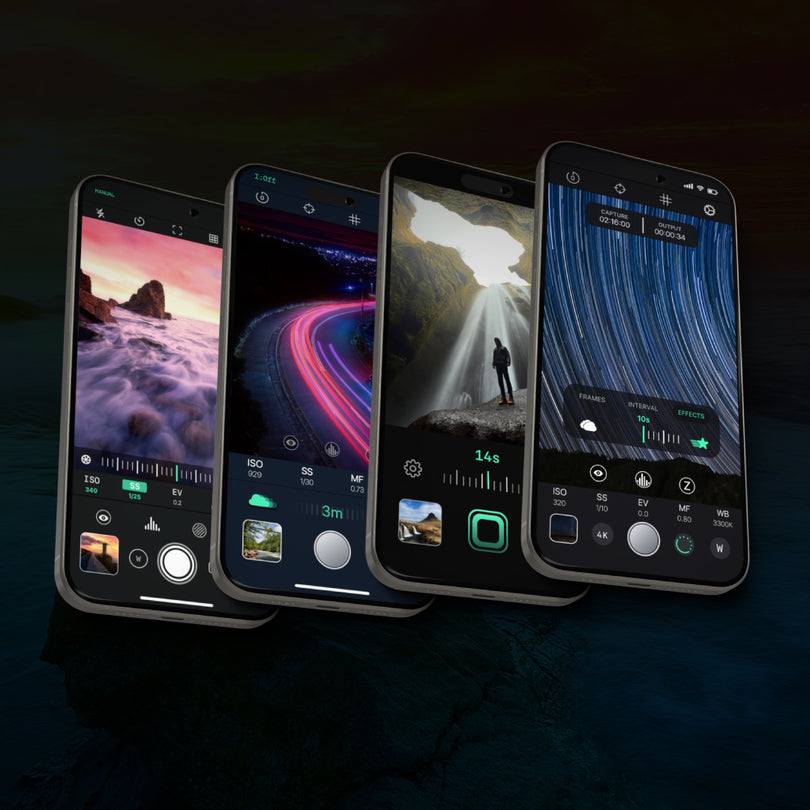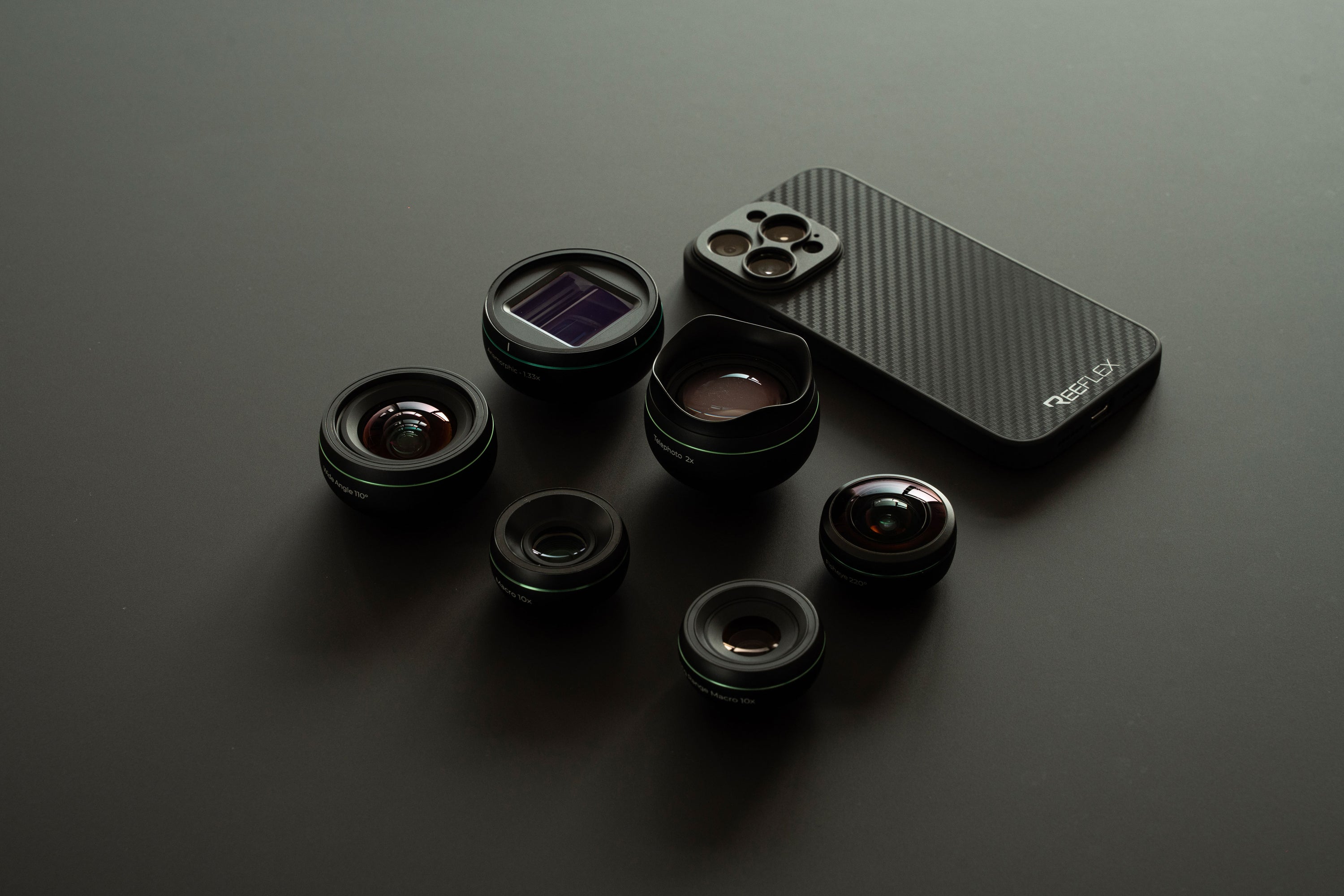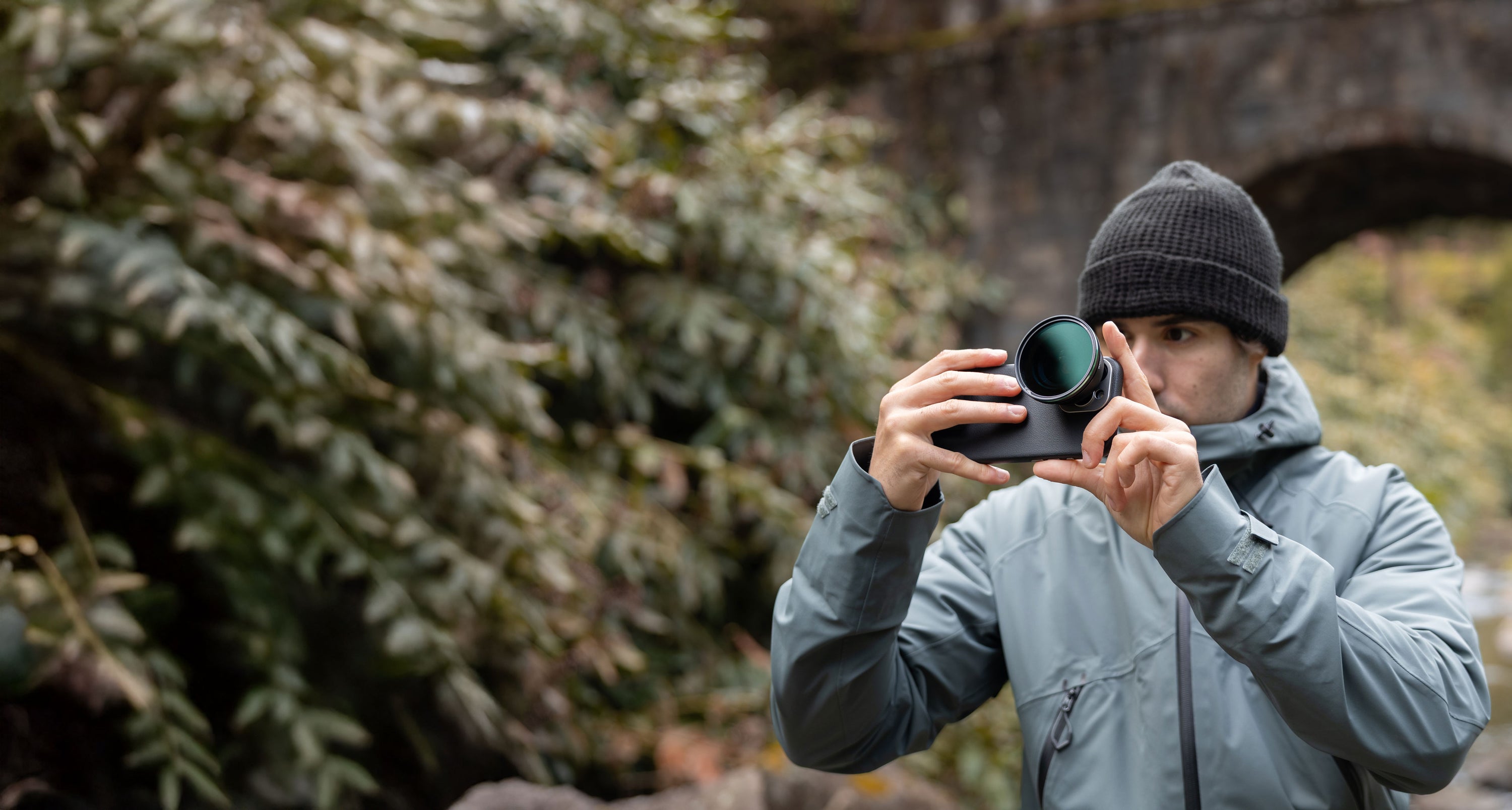FAQ
COMMON QUESTIONS & HOW TO
The AI evaluates your photos based on several key factors, including exposure, composition, colors, and contrast. For instance, a beautiful landscape captured during sunset will typically score high. When it comes to photos with people, the AI values again composition and subject isolation. Usually, photos with creamy bookehs with the subject clearly framed will have higher scores.
Important
Note: When assessing photos featuring people, the AI strictly focuses on
aesthetic qualities and does not make any judgments on subjective aspects like personal appearance.
When a photo is kept in the “Explore” tab, the AI assign a score going from 0 to 100%. For efficiency reasons, the AI scores only the photos that are kept.
The AI follows specific rules when scoring photos. Screenshots automatically receive a 0% score, regardless of their content. Additionally, certain photos are classified as "Utility photos" and are also assigned a 0% score. These are images the AI assumes were taken for practical purposes rather than aesthetics. For example, taking a photo of a chair, an empty vase, or a product label might be for reference, resale, or future purchases. Since the AI focuses on aesthetic evaluation, it does not score these types of photos.
When you keep a photo with a score higher than 70%, SwAipe rewards you with a little animation. It is not easy to shoot photos with such a high score 🙂.
In a nut shell, the AI recognizes similar images through feature extraction. The first layers of its neural network detect basic features like edges, colors, and textures. These features are converted into a feature vector, representing ****a numerical representation of the image. To determine similarity, the AI compares these vectors, measuring the distance between them. The closer the vectors, the more similar the images are.
Absolutely not! The AI runs locally on your device, no external API calls are made.
When you tap “Load All” to find similar photos, the AI needs to scan your entire gallery, which can take some time depending on how many photos you have. However, SwAipe handles this efficiently by running this process in background using multiple parallel workers. This means you can continue using the app without interruption, and you’ll receive a notification as soon as the process is complete. There’s no need to worry—it’s designed to be smooth and hassle-free!
This is most likely because some of your photos or videos are stored on iCloud. While they appear in your gallery, the full-resolution versions are kept in the cloud to save space on your device. SwAipe let’s you review all your photos, regardless if they are stored on iCloud or locally, so you can save space and money 🙂.
Deleted photos in the “Similars” section or while swiping are moved to the Trash. Here, you have another chance to review your photos before deleting them. Once you delete the photos, the stats will updated accordingly.
When you delete photos on iOS, they are moved to the Recently Deleted folder instead of being removed immediately. This gives you the option to restore them if needed. To free up actual space on your device, you’ll need to permanently delete the photos from that folder. Once you do, you will save actual space and the stats will update accordingly.
In you “Photos” app, scroll down to the album section. There, you should see the albums created in SwAipe.
In the bar at the bottom of the view, press the icon with the three little dots. You will have the option to select all items present in the Trash for deleting or restoring all of them.
All restored items will not be deleted and will appear again in SwAipe. In particular, you will find them in the “Best of” section and in the “Explote” tab, in their corresponding month.

